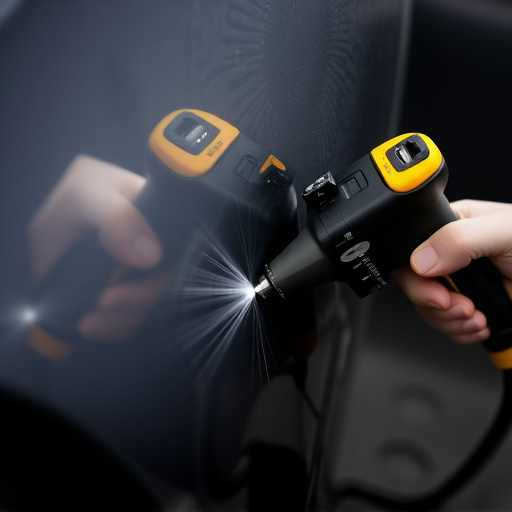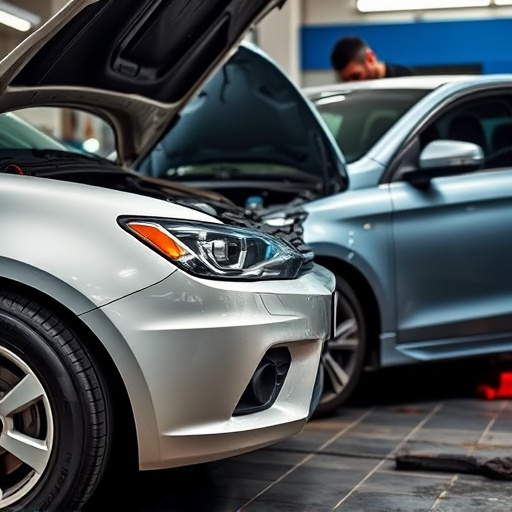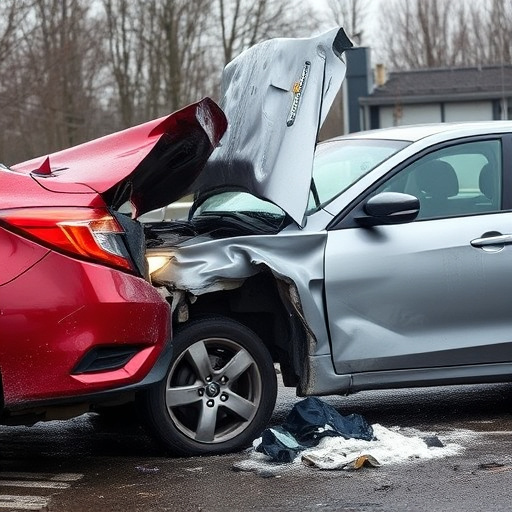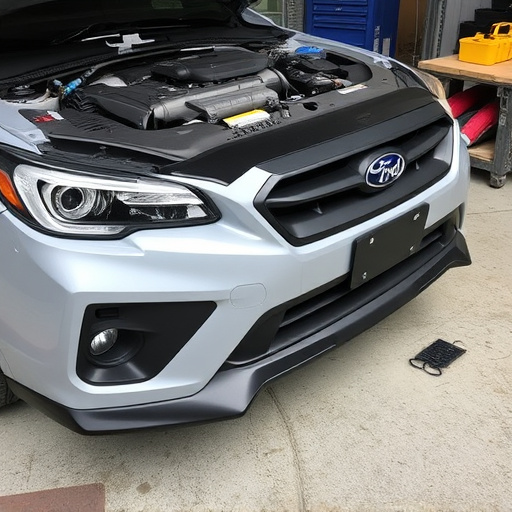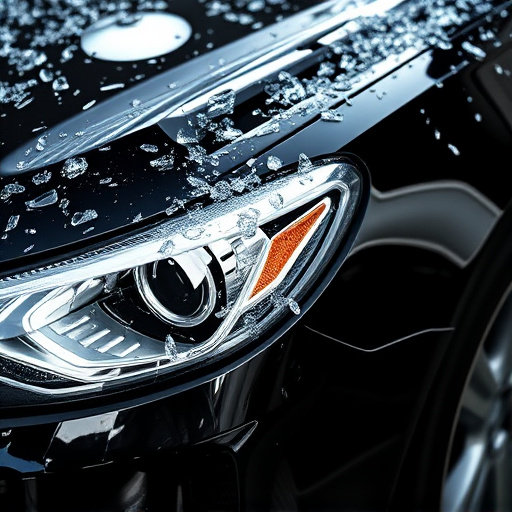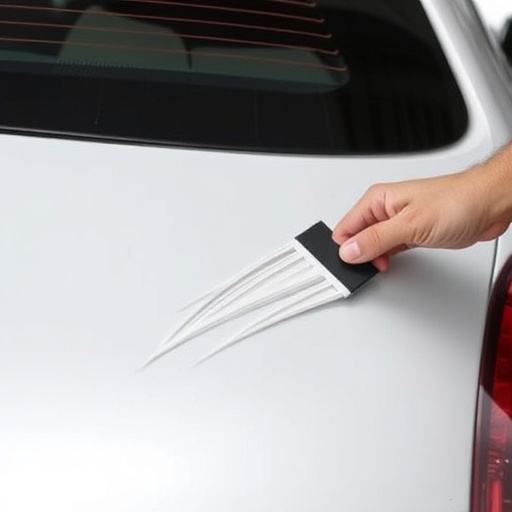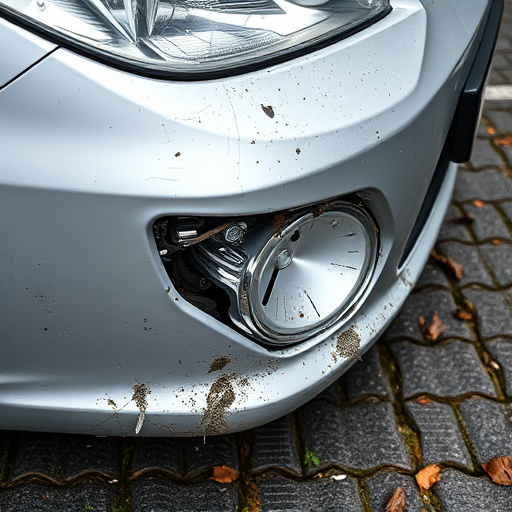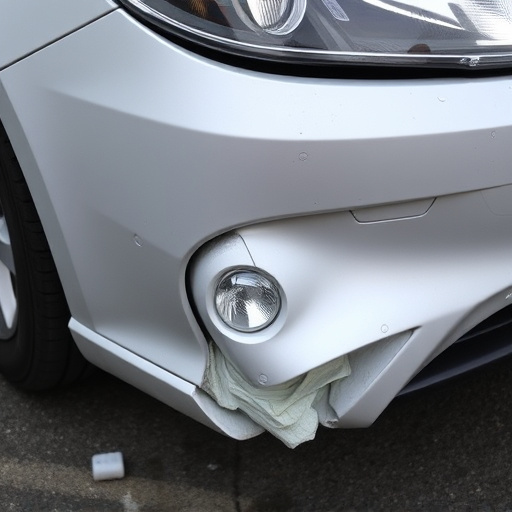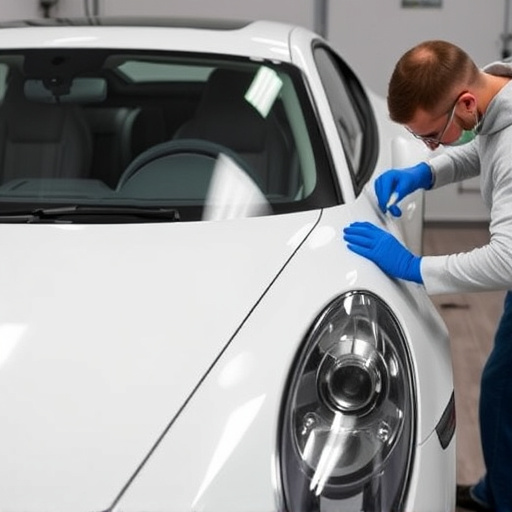Hail damage dent repair involves insurance adjusters identifying large, round dents with starburst patterns, often in clusters, using visual inspection and specialized tools. Essential for efficient processing are tools like dent pullers, putty knives, and high-quality paints. Effective communication with policyholders, detailed documentation, and regular updates build trust during the claim phase.
“In regions prone to severe weather, hail damage dent repair is a critical service. Insurance adjusters play a pivotal role in this process, ensuring claims are handled efficiently. This article equips you with essential knowledge for effective hail damage assessments and subsequent repairs. From recognizing common signs of hail damage to understanding the importance of proper documentation, these insights will help adjusters navigate the claims journey seamlessly. Additionally, we’ll explore the tools and equipment necessary for dent repair, emphasizing the need for a well-prepared adjuster.”
- Understanding Hail Damage: Common Signs and Assessments
- Essential Tools and Equipment for Dent Repair
- Efficient Communication: Documenting Claims Effectively
Understanding Hail Damage: Common Signs and Assessments

Hail damage can leave a noticeable impact on vehicles, causing dents, scratches, and even more severe structural issues. Understanding what constitutes hail damage is the first step for insurance adjusters when assessing claims for hail damage dent repair. Common signs include large, round dents with a starburst pattern, often appearing in clusters, which are caused by individual hailstones striking the vehicle’s surface. These dents can vary in size and depth, sometimes penetrating the paint and metal layers.
Assessments should consider the extent of the damage across the entire vehicle. Insurance adjusters should examine both visible and hidden areas, as hail can cause dents to form internally, making them less obvious on first glance. A thorough assessment involves visual inspection, measuring dent depths, and in some cases, using specialized tools to detect underlying metal damage. Recognizing these signs is crucial for efficient processing of claims for hail damage dent repair, whether it’s through traditional methods or advanced techniques like paintless dent repair offered by fleet repair services near me.
Essential Tools and Equipment for Dent Repair
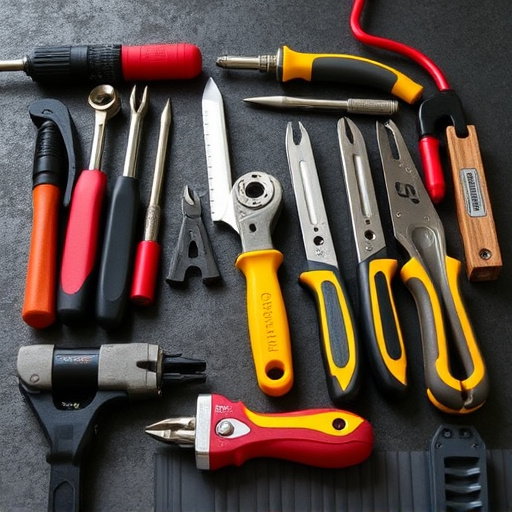
When it comes to addressing hail damage dent repair, insurance adjusters and their teams require a specific set of tools and equipment tailored for this specialized task. Essential items include specialized dent pullers, also known as pry bars or air bag tools, which gently lift and reshape dents while minimizing further damage. These are accompanied by hammer and dolly sets designed for precise and controlled adjustments.
For effective hail damage dent repair, a comprehensive toolkit should also feature various sizes of putty knives for removing damaged paint and body panel gaps. Additionally, auto-body putty and primer, along with high-quality paints that match the vehicle’s original finish, are crucial for restoring the vehicle to its pre-incident condition. This attention to detail in terms of tools and materials ensures a seamless process of collision repair, aligning with industry standards for automotive restoration.
Efficient Communication: Documenting Claims Effectively
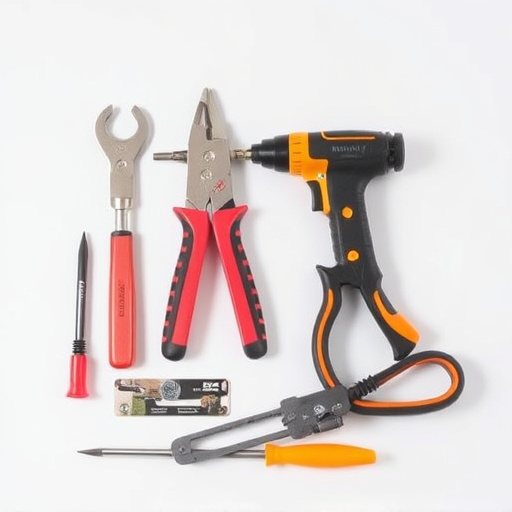
Efficient communication is paramount for insurance adjusters when handling hail damage dent repair claims. The initial step involves clear and concise interaction with policyholders, gathering essential details about the incident and the extent of the vehicle’s damage. This process requires active listening to understand the client’s concerns and questions, ensuring a supportive and informative tone.
Documentation plays a critical role in this stage. Adjusters should meticulously record all observations, measurements, and photos of the hail damage, including close-ups of dents, scratches, and other affected areas. Accurate documentation facilitates precise assessments and aids auto body services or Mercedes Benz collision repair shops in providing tailored solutions. Effective communication also involves regular updates to policyholders, keeping them informed about claim progress and expected timelines for repairs, thereby fostering trust and satisfaction.
When addressing hail damage dent repair, insurance adjusters play a pivotal role in ensuring efficient and accurate claim processing. By understanding the common signs, having access to essential tools, and implementing effective communication strategies for documenting claims, adjusters can streamline the recovery process for property owners affected by hail events. This multi-faceted approach not only facilitates faster repairs but also enhances overall customer satisfaction during challenging times.
